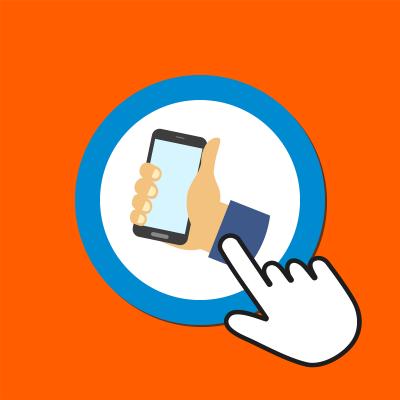Seven Essential Steps to Designing Your Personal NFC Digital Business Card

20 May 2024
In today’s world where technology reigns supreme, having a digital business card is almost a necessity. With near field communication (NFC) technology, information can be transferred quickly and effortlessly. NFC digital business cards are dynamic, interactive, and user-friendly since they can be updated in real-time and users can just tap their phones to get your contact information. Here are seven essential steps to get you started with your personal NFC digital business card.
1. Understand the Basics of NFC Digital Business Card
Before you initiate the designing process, it’s paramount to comprehend what a digital business card is and how NFC simplifies the sharing of information. This will ease your understanding of the card's layout, the user interface, the embedded links, and how to update content in real time.
2. Select the Appropriate Platform
There are multiple platforms available for creating your NFC business card. Choosing the right one depends on your specific needs, budget, and design preferences. It’s beneficial to select a platform with simple usability features, comprehensive design options, and remarkable customer support.
3. Customize Your Card
The next step is all about personalization. Ensure that your card reflects your brand image and professionalism. You can add your contact details, job position, company logo, and links to your social media accounts. Remember to use high-quality images and a professional color scheme.
4. Optimize Your Contact Details
The main purpose of a business card is to share contact details. In the digital version, you can add multiple communication channels like email, phone, social media handles, and website links. Provide detailed yet concise information and ensure every detail is correct and up-to-date.
5. Embed Your NFC Tag
An NFC tag is the crux of your digital business card. It’s a small chip that holds your contact information and enables the NFC technology to work. Link all your contact information to this tag. It's recommended to encrypt the tag to protect your information from any unauthorized access.
6. Test Your Card
Before going live, testing is a crucial step. Make sure that all the links work, all the text is correct, the logo is visible, and importantly, the NFC technology works seamlessly. This will ensure that your card gives a first-rate impression.
7. Update Regularly
One of the advantages of digital business cards is their update-ability. Therefore, keep your card refreshed with the latest information. Routine maintenance will affirm that your card remains reliable and continues to create significant connections.
In conclusion, designing a personal NFC digital business card does not only prove your tech-savvy nature, but it also sets you apart in networking scenarios. It is a blend of convenience, technology, and trendiness. Follow these steps and get started with this contemporary networking approach.